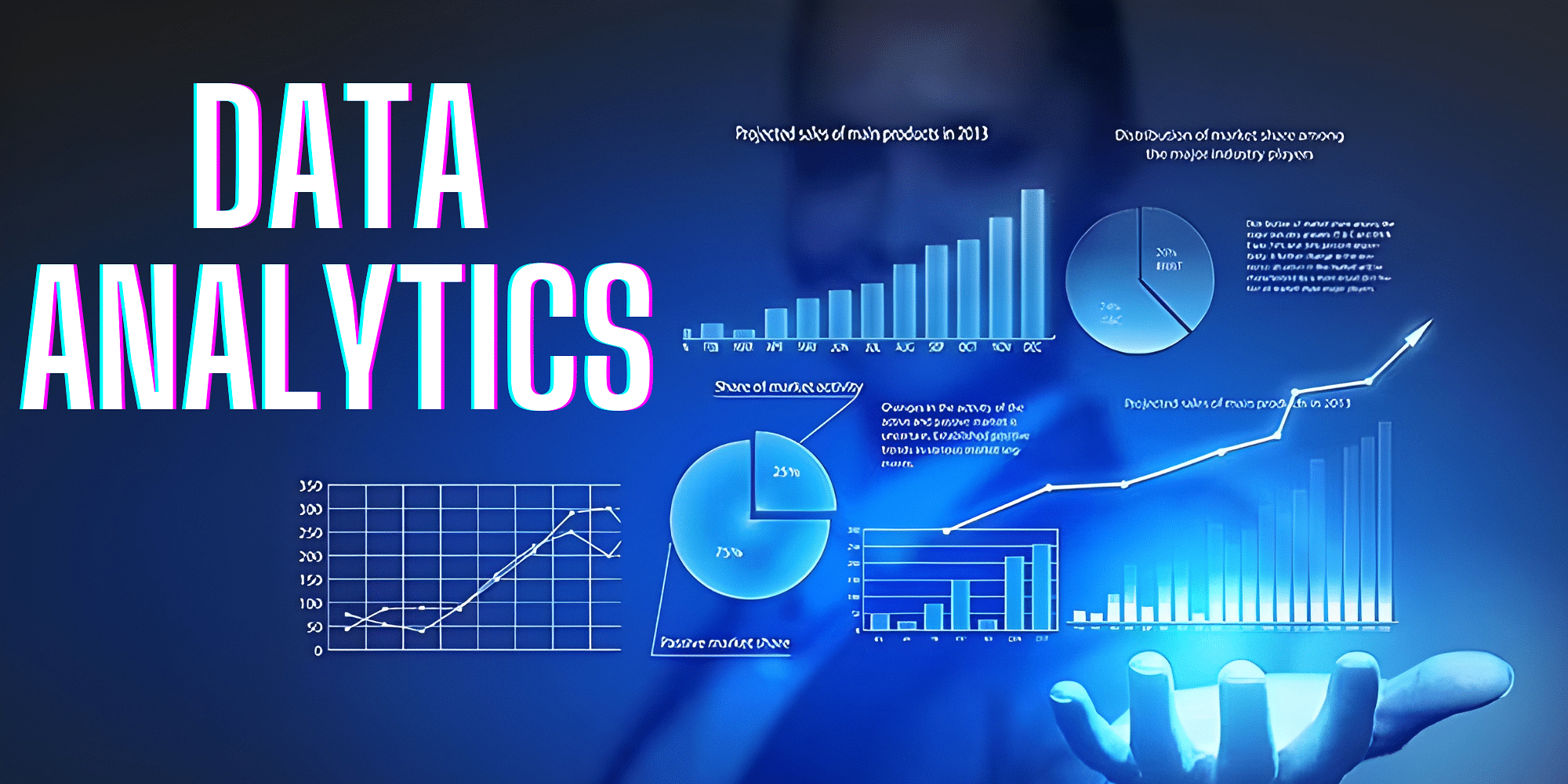If you are a business owner, entrepreneur, or even a high-ranking manager then the operations of your business are essentially a top priority, and for good reason no doubt. The world is increasingly and significantly competitive across industries and on a global scale, and making the most of technology advances through tools and analytical software platforms will help keep you one step ahead of the game.
Knowing your clients and customers is one thing, but understanding and delving deeper into how they shop and what their preferences are, is another. This is where implementing and integrating subscription analytics can elevate your brand, boost the business, and help broaden your consumer base. Subscription services, and we have all subscribed to them at least once in our lives, are everywhere and have become increasingly popular as the preferred means of shopping.
According to UBS Wealth Management, the subscription economy is set to reach a whopping $1.5 trillion by 2025, and the last thing you want is for your business and brand to be caught on the back foot when simple steps to up your game right now are so easily achievable and more importantly, accessible.
Stay ahead of the crowd

Before you jump in with both feet (as much as we love commitment) you must be aware of what you are getting yourself in for, information is power, and who doesn’t love being in control right?
With that being said, what are subscription-based analytics?
In a nutshell, it can be explained as a ‘growth tool,’ By analyzing data you not only have the opportunity to boost the business as a whole but can focus on your most valued customers and their purchasing habits and those that are likely to churn. Scaling your business comes by insight into the bigger picture detailing your customer subscriptions. Your company will perform better, you can offer services tailored to specific client demographics, and improve your products accordingly. With all of this golden information at your fingertips, you will not only get a better understanding of who your customers are but use this to elevate your marketing strategies too.
By personalizing your customer’s shopping experience they will feel valued and tells them yours is a brand that cares about its clientele.
The importance

Now that you know the fundamentals of subscription analytics let’s take a closer look at their importance for your business and brand, and how it can work to your benefit. A powerful analysis platform can help you to successfully manage and optimize your operations both day-to-day and in the long run.
The top 3 essentials analytical tools bring to the table are;
1. MRR (Monthly Recurring Revenue)
Staying one step ahead of the game is a must to being an industry leader, and when it comes to making the most of your subscription analytics it is no different, so be sure to use a company with experience and high success ratios when purchasing your software. By keeping track of your MRR and how it is changing over time you can better predict future revenue, but also identify current trends and plan for growth.
2. LTV (Lifetime Value)

Profit and making money are at the top of everyone’s wish list in business, so analyzing reports of data from your subscription software will help keep your eye on the ball and ensure your profitability ratings are steady and increasing. You want to look at churn rates and customer acquisition costs, and in turn, optimize your services and product pricing.
3. Drive Retention
Identifying key drivers of churn will help you improve customer satisfaction and therefore allow your team to develop optimal customer retention strategies.
What is Churn?
Subscription churn is the number of customers and in this case, subscribers, who stop (yes, unfortunately, it does happen) paying for your services and/or products over a specific period. If a company has a high churn rate it could significantly impact long-term success, and lead to large revenue losses.
Implementing strategies
If this all sounds overwhelming don’t fret, you are not alone in this thinking, but there is always something you can do. There are a few key elements businesses can do to improve their subscription analytics and ultimately optimize their subscription performance.
Every business faces challenges of trying to and wanting to improve profitability, maintain a healthy MRR, and ideally reduce churn and retain customers, but you need to put in the work. Here’s how;
Customer Segmentation

Separate your customers based on characteristics such as location, age, and usage patterns which help to determine trends within the data and better equip retention and marketing efforts.
Cohort Analysis
This is a useful tool when trying to calculate the lifetime value of the business including the customer acquisition costs.
Personalization
Think about tailoring your customer services, offering personalized products to a bespoke demographic making them feel valued and ultimately increasing overall customer satisfaction which will positively affect retention rates.
Customer Feedback
As much as we don’t enjoy hearing the negatives from customers, they are needed to better ourselves, our products, and most importantly our customer service. Analyzing the feedback through comments and reviews helps to identify pain points, see what customers prefer, and opportunities where the subscription business performance can be improved.
At the end of the day
When it comes to understanding how to run a business, working with the tools that make the job easier, more efficient, and effective will only be to your advantage. Subscription analytics is a crucial component for any subscription-based business. It not only helps to grow the business to move forward on a positive footing, but you can better manage and keep track of your revenue, keep an eye on retention levels and subscriber churn, and all-in-all improve business operations.
While many people and customers may not believe subscriptions are essential, for a business a recurring subscription model is the perfect means to predicting future and recurring revenues thus making it that much easier to plan ahead (always trying to be one step ahead of the game, remember) for inventory supplies and expenses. Get your analytics up and running and see your company grow for the better.









